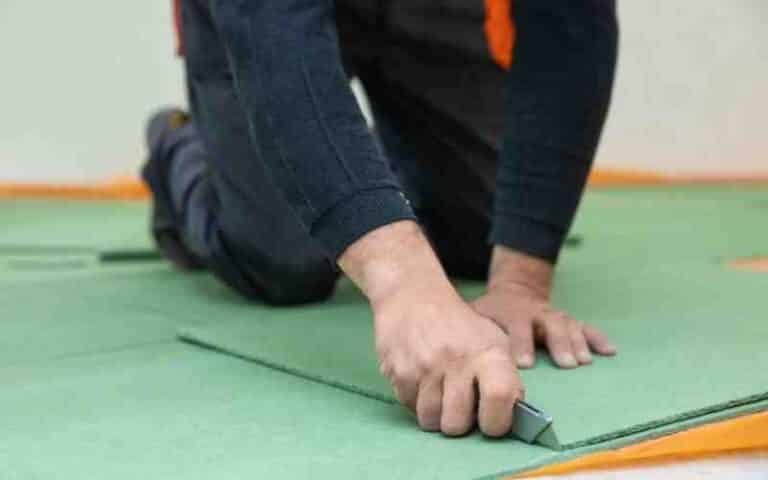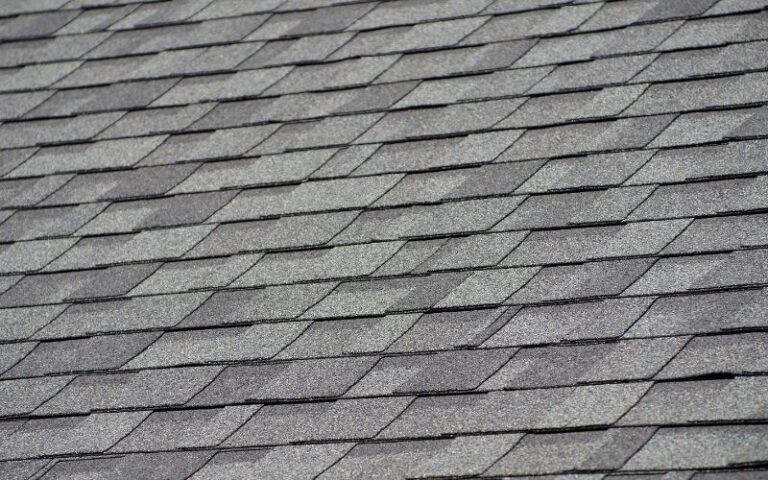In roof construction, it is important to get every measurement right.
A slight derangement in some measurements may negatively affect the entire building.
Nail plates with the right thickness will hold a truss tight. Some nail plates of varying thicknesses need to pick up the right ones.
You can always allow the construction worker to make these procurements if unsure.
It would still be best for you to know what a nail plate thickness should be.
Nail plates come in different thicknesses. You can find nail plates that are 0.91 mm thick. When the wood you want to nail is thicker, nail plates of greater thickness can accommodate the wood. You can find nail plates with thicknesses of 1.21 mm and 1.52 mm.
That being said, as you read through, you will know about the ideal thickness of your nail plate.
Not only that, but you will also find out what the standard nail plate size should be.
Ready for a Roofing Quiz?
How Thick Should Your Nail Plate Be?

Your nail plate should be thick enough to hold the wood at a truss. This thickness should be optimal to accommodate the junction of wood or any other material used for roofing.
A nail plate is a light metal plate commonly seen on roofs. The nail plate connects wood frame trusses.
You can imagine the nail plate as the junction where two or more timber ends meet.
When connecting these timbers, they should be of the same sizes. Aside from being of the same sizes, it would be best to align the timbers in the same plane.
As a result of the alignment in plane and size of the timber, the nail plate should have an optimal thickness.
A nail plate of adequate thickness is necessary to accommodate the wood at a joint.
Your nail plate should be thick enough to put the wood together at a point. The thicker the wood you use, the thicker your nail plate.
You will make a better joint when you use a nail plate of appropriate thickness. Joints made of wood should be intact.
Before you choose which nail plate to use, it would be best to know the type and thickness of wood you want to join.
When your nail plates are too thick, they can split the wood. A thick nail plate would have longer teeth.
Ideally, a nail plate should be at least one-fourth the thickness of the wood. This way, the nail plate can connect two or more woods without splitting the wood.
Aside from splitting the wood, your nail plate should be thick enough so that it does not bend after you drive nails into them. Nail plates can bend when they are thin.
What Are the Standard Nail Plate Sizes and Thicknesses?
Standard nail plate sizes include nail plates of 0.92 mm,1.21 mm, and 1.52 mm in thickness. These nail sizes are labeled in gauges.
These gauges include:
- 20 gauge
- 18 gauge
- 16 gauge
#1. 20 Gauge
Roof construction workers commonly use The 20-gauge nail plate. The gauge is the American standard measurement.
A 20-gauge nail plate is 10 inches wide and 14 inches long. For a 20-gauge nail plate, the thickness of the plate is 0.92 mm.
The 20-gauge truss plate is the thinnest nail plate among the popular nail plates. It is suitable for woods that are not very thick.
You can apply for the 20-gauge nail plate on different truss types. You can find the 20-gauge nail plates in trusses of rooftops, floors, or many other woodworks.
You can find a 20-gauge nail plate of varying sizes. A significant characteristic of the 20-gauge nail plate is its thickness.
#2. 18 Gauge
Another standard nail plate is the 18-gauge nail plate. This gauge follows the standard American measurement.
The 18-Gauge nail plate is thicker than the 20-gauge nail plate. It has a measurement of 10 inches in width and 14 inches in length.
For an 18-gauge nail plate, the thickness of the plate is 1.21 mm. The 18-gauge nail plate is thicker than the 20-gauge plate.
This plate can be used to hold trusses made with thick wood. When you use the 18-gauge plate to hold the wood at a joint, it does not bend because of the thickness of the gauge.
You can find an 18-gauge nail plate of varying sizes. A significant characteristic of the 20-gauge nail plate is its thickness.
#3. 16 Gauge
The 16-gauge nail plate is the thickest of the three standard nail plates. It is 1.52 mm thick.
A common presentation of the 16-gauge nail plate is 10 inches wide and 14 inches long.
You can find the 16-gauge in many sizes. The thickness of this truss plate affords it to find use in very thick woods.
You can use this nail plate to hold wood joints without fear of the plate bending. The 16-gauge nail plate is made of galvanized steel.
This property of the 16-gauge nail bed prevents it from getting rusty when exposed to moisture.
Here is a table that compares the sizes of the standard nail plate and their thickness.
| Standard Nail Plate | Length | Width | Thickness |
|---|---|---|---|
| 20-gauge | 10 inches | 14 inches | 0.92 mm |
| 18-gauge | 10 inches | 14 inches | 1.21 mm |
| 16-gauge | 10 inches | 14 inches | 1.52 mm |
Are Nail Plates Worth It?
Yes, nail plates are worth it. They provide a lot of advantages when you use them to connect the same timber in the same plane.
Aside from holding woodwork together at a junction, they also transmit the loads from the woods at that point.
They serve as stud ties to keep wood together at a junction. Nails can sometimes puncture the wood, making them split.
When you use nail plates with the appropriate thickness, the wood will not split. Furthermore, trusses with nail plates look more appealing.
The nail plates add more aesthetic appeal to the finishing of your woodwork.
Related: Roofing Felt Nails Or Staples? (Must Read This)
FAQs
#1. Do I Need Nails When Using the Nail Plate?
You do not need nails when you apply nail plates to your woodwork. You can replace the use of nails with nail plates.
The nail plates have spikes that drive into the woodwork and remain there. There is no need for nails.
#2. How Are Nail Plates Manufactured?
Nail plates are manufactured by punching galvanized steel to create spikes on both sides.
The producers cut the galvanized steel in varying sizes and thicknesses before they are punched.
The punching of the galvanized steel produces the tooth that acts as the nails.
#3. Where Can I Use Nail Plates?
You can use the nail plates on woodwork where two or more woods meet.
You can use them on roof trusses, floor trusses, and any other woodwork where two or more woods meet.
Final Thoughts
It is important to know the thickness of a nail plate. Your nail plate should be thick enough to hold the wood, not bend or split.
There are nail plates of three gauges: the 20, 18, and 16 gauges. These gauges are the standard nail plate sizes. The gauge 16 nail plate is the thickest of the three.






